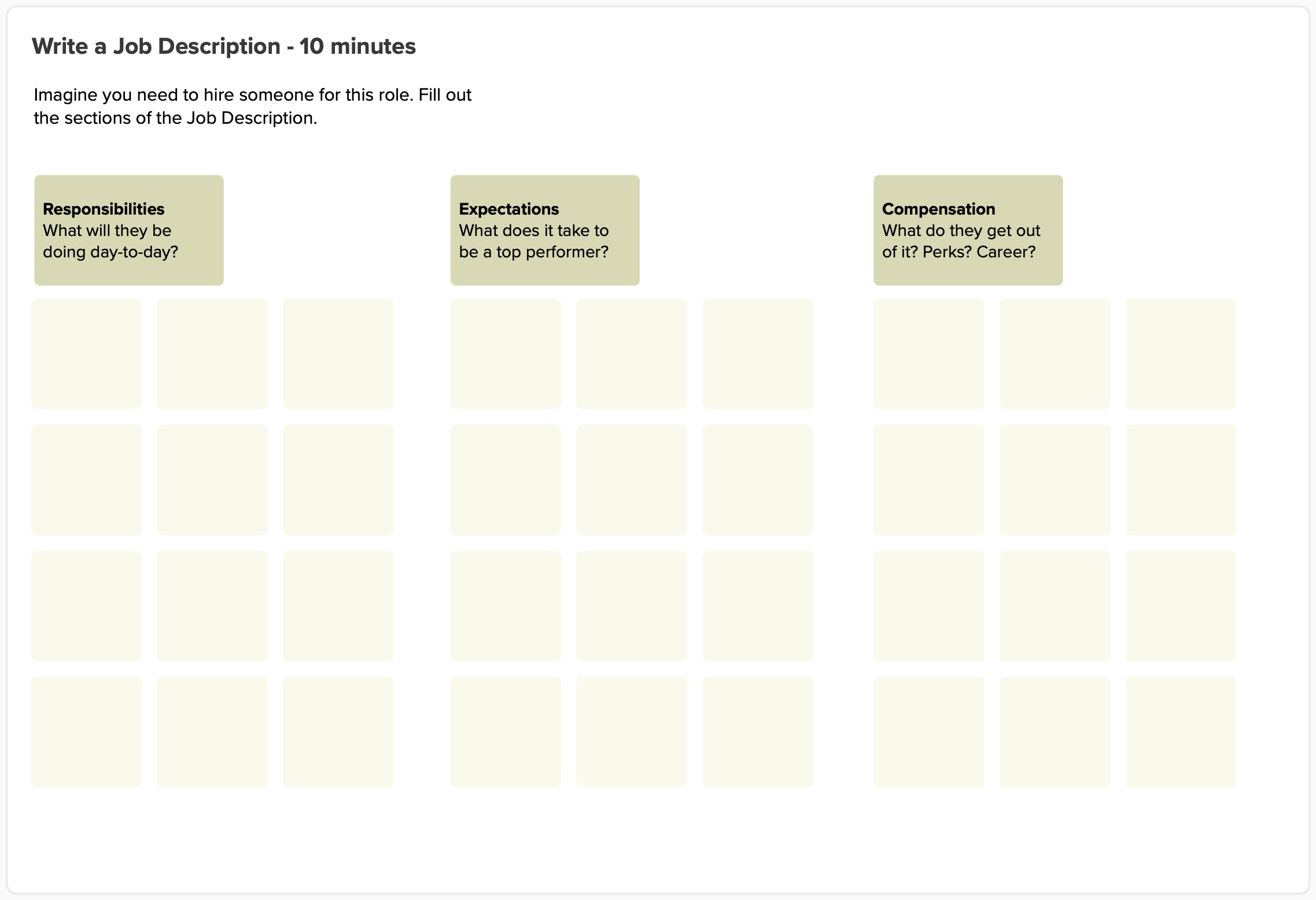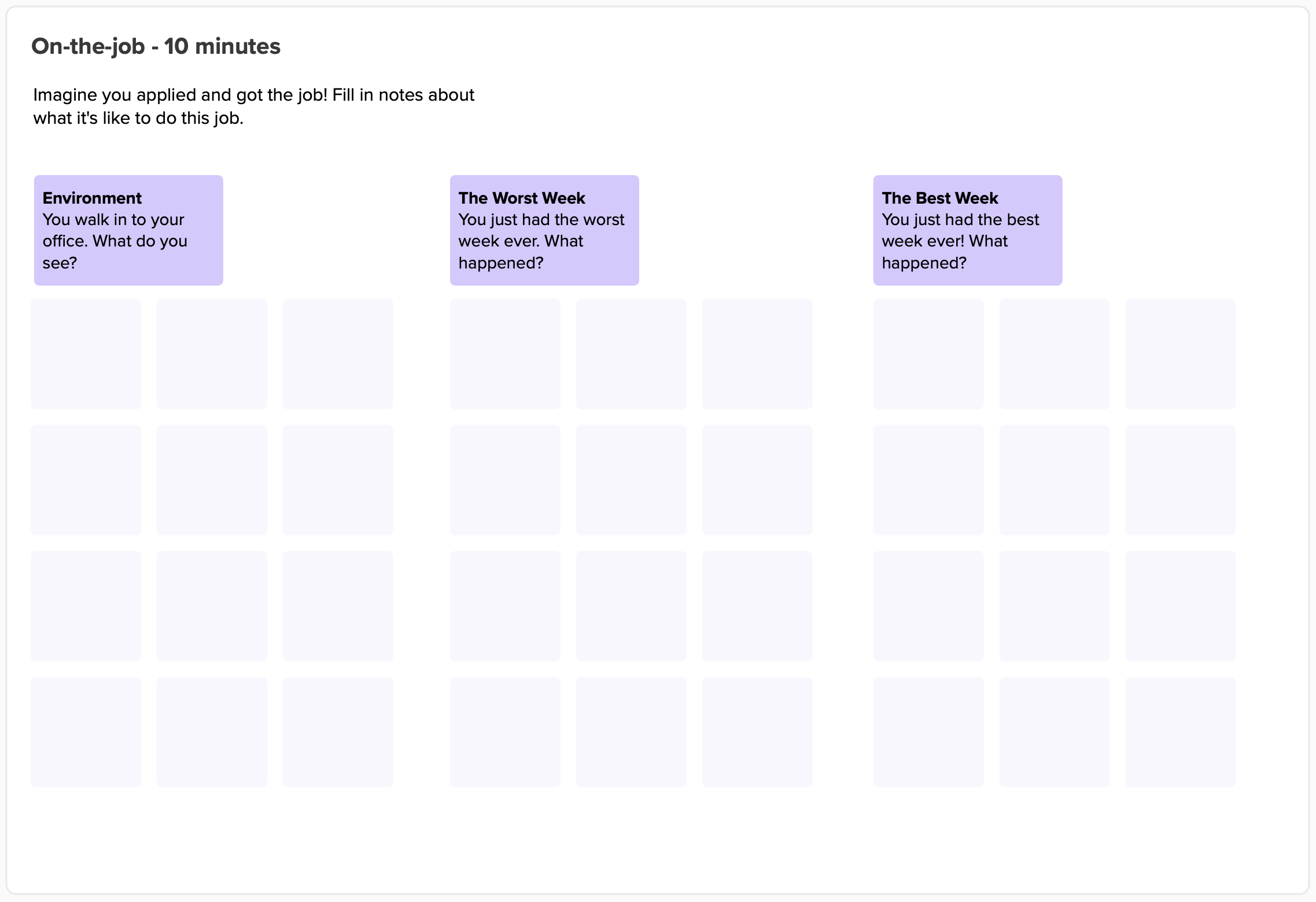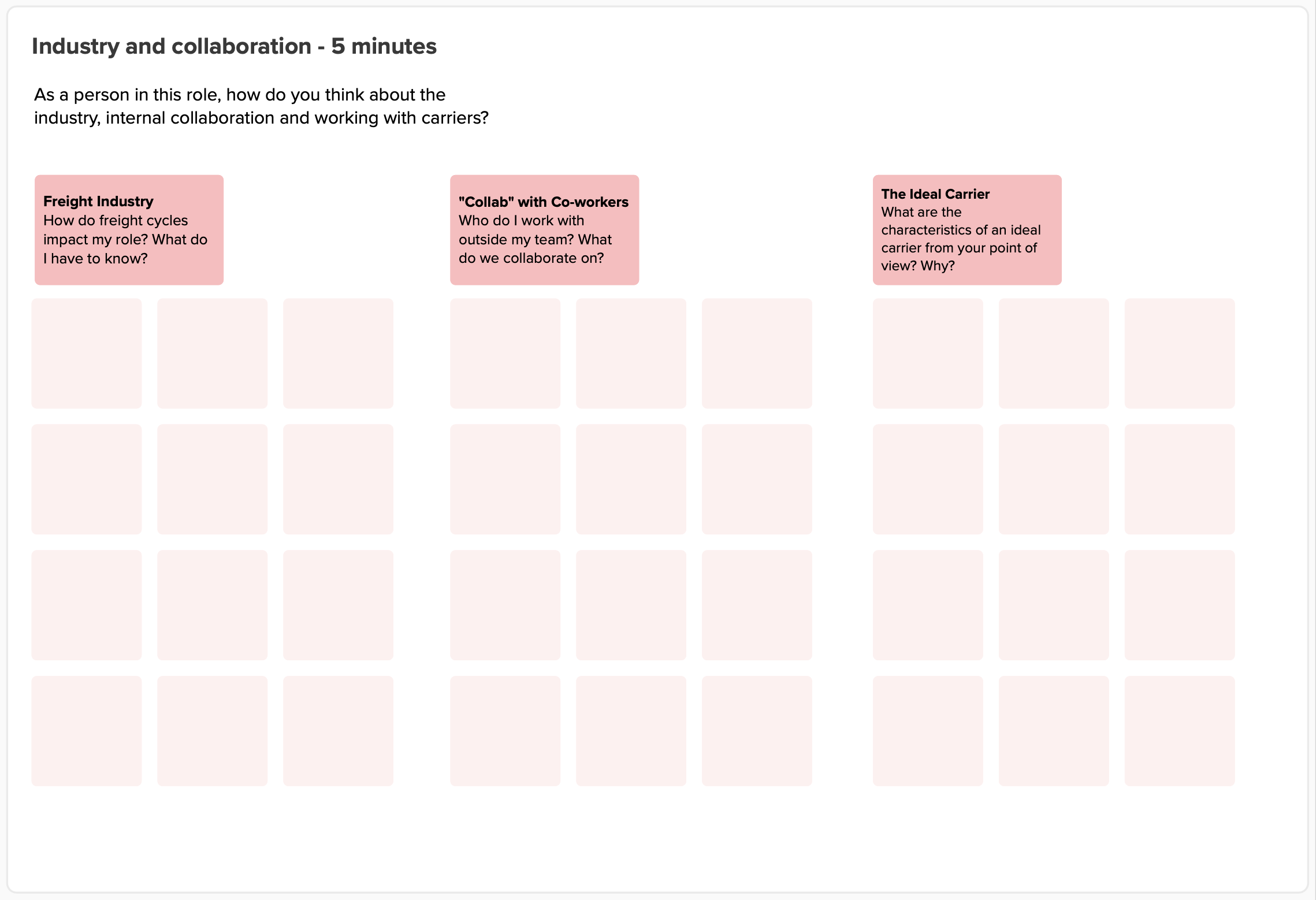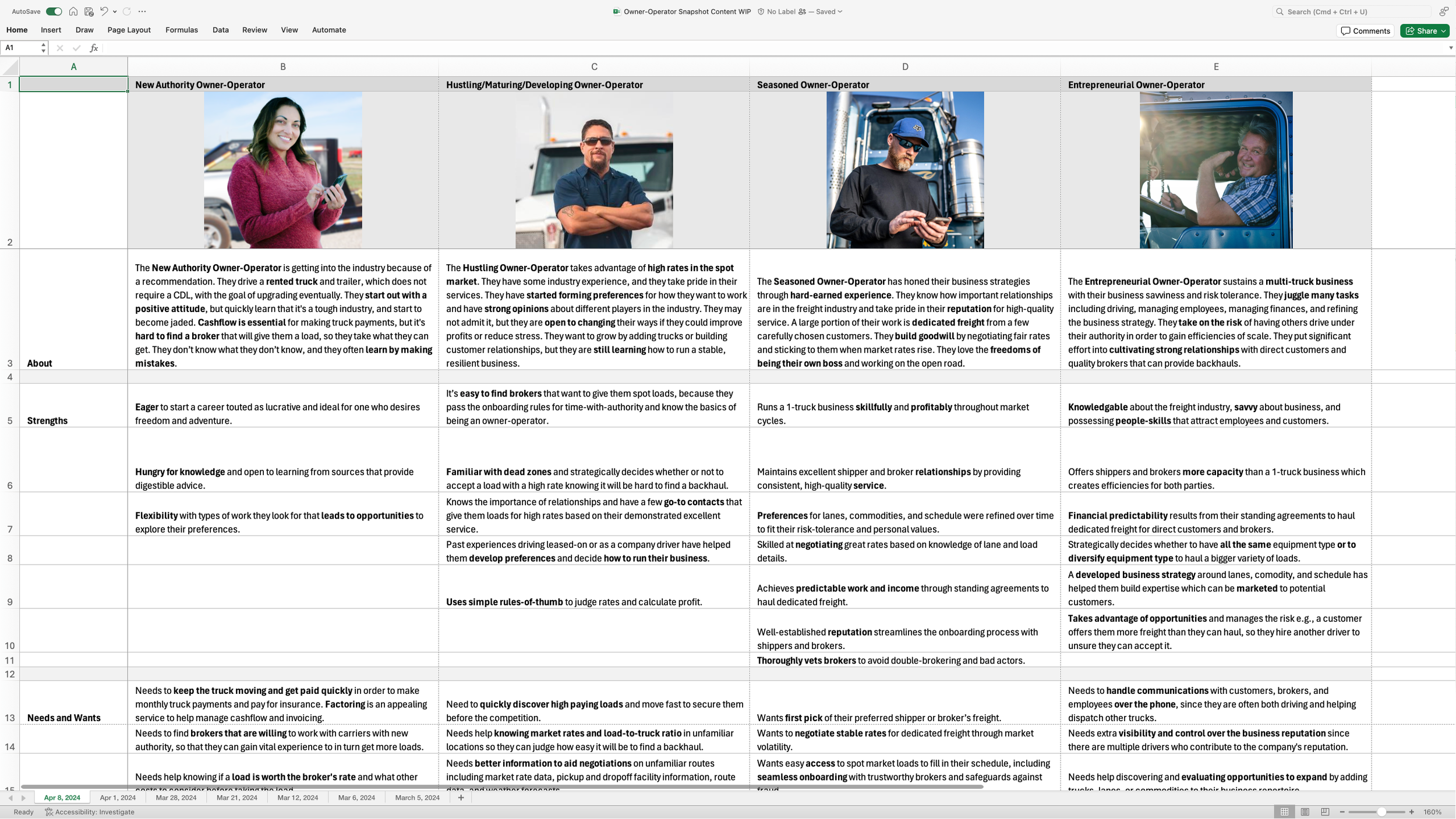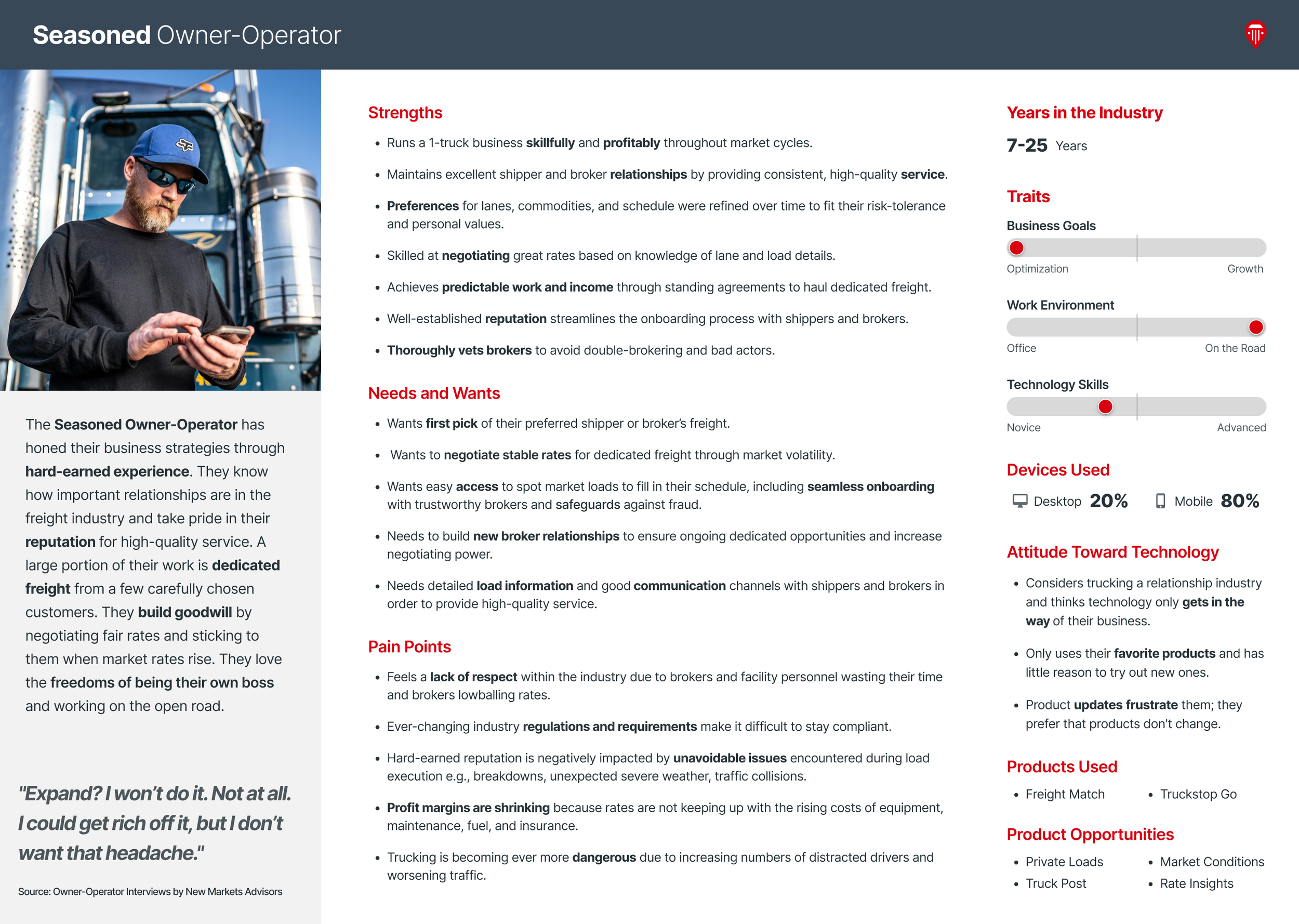PERSONAS AT TRUCKSTOP
Creating foundational artifacts for the purpose of increasing user empathy and alignment across the company
Overview
Skills Project management, in-depth interviews, focus groups, workshops, qualitative data analysis, content creation
Customer/user All eight key users of Truckstop products
Contribution Project lead, researcher, content writer, distribution and evangelization
Context
The Truckstop User Personas represent the eight key users of all products of Truckstop and its subsidiaries. This in-depth research and artifact creation project had C-level support to invest the necessary time and effort to create meaningful, useful, and evidence-based persona artifacts. Please continue reading for the story of how the project unfolded and how I led the effort to create and share personas across the company.
Why Personas
Truckstop was in the process of expanding their product offerings to a broader user audience. However, Product and Technology team members were not all able to speak consistently and confidently about the new user groups and the differences between them and existing users. Some of the Product and Technology team members had been around the company for a long time and had strong mental models of users groups. Others were new to Truckstop or even to the freight industry. The persona project was an opportunity to test assumptions about current users, fill in gaps about new users, and bring alignment to the organization.
The Head of User Experience proposed the idea of creating user personas after observing that gaps in user knowledge were hindering product design processes. She took the proposal to the C-Suite and gained support for a 5-week effort to create user personas. I was immediately skeptical of the 5-week timeline. Accurate, useful personas must be carefully crafted with descriptive details based on real user data. I expressed my concern that a 5-week deadline would only allow time for low-quality deliverables, but agreed to give it my best effort, despite the tight timeline.
The Team and My Role
The persona project group consisted of four people, two UX researchers and two UX designers, with the Head of UX as part stakeholder and part teammate. While the project started as a group collaboration, I was given the responsibility of project lead shortly after kickoff, with the others acting as support where needed.
On Timeline and Scope
As the project progressed, requirements took shape, scope increased, and we blew past the original time allotment, as I had predicted. However, delivering the first, high-quality persona proved the value of the project and made it an easy decision to extend the timeline.
Methodology and Activities
Recruiting participants for freight industry user research was consistently a challenge. For this project, it was important to start with what the organization already knew by aggregating existing primary research data and internal subject matter expertise, and secondly, work to validate insights and fill in gaps. We invited subject matter experts from across the company to participate in focus groups and workshops to glean knowledge from them as a first step.
The following images are workshop materials I created to gather subject matter experts’ knowledge of a persona. The workshop, conducted with the online white-boarding tool Mural, was interactive and engaging for participants.
I also reviewed raw data from past research projects. I drafted content for each persona, which was critiqued by the project team in multiple rounds of editing. The team helped me identify missing information, combine similar points, and clarify ambiguous concepts. For each critique, I weighed it against the data before deciding whether to make a change.
This is a draft of written persona content. In addition to writing evidence-based content, I put significant effort into ensuring the personas were crafted with the attention-to-detail and consistency needed for them to work together as a set.
Deliverables
The biggest milestone of the project was delivering the first persona. The format was finalized, the visual design was set, and the content writing was polished. This persona became a template for the next seven. At this point, the pace of the project picked up significantly, which allowed me to divert more of my time to concurrent research projects and building partnerships across the company.
Example of a persona created for this project. Each section of the persona is intentionally included for a specific purpose.
Sharing and Evangelizing
The team and I were thoughtful about the best way to integrate the personas into the organization. We wanted to have a professional homepage where the personas and other resources could be accessed. I worked with a UX Designer on the team to create a page in the internal wiki where the personas were displayed along with additional education and downloadable versions of the artifacts.
Additionally, I worked to actively introduce the personas to the organization. I presented the personas and a plan for incorporating them into the product development lifecycle at a large department-wide meeting. I followed up with a meeting for more details and a Q&A session. I coordinated with engineering pods to visit each one to present the personas and answer questions. Lastly, when Truckstop started the transition from having internal customer service teams to hiring a outside vendor, I provided an overview of the personas to help train and onboard the new teams.
A Foundation to Build Upon
Distribution, education, and socialization were a huge part of the success of this project. The primary goal of the personas was to build user empathy and alignment across the Product and Technology departments. I ended up sharing the resources even more broadly, and the artifacts will be available to reference and build upon for the long run.
This project was an incredible opportunity to build foundational user knowledge by devoting the time and resources to deeply understand Truckstop’s user groups through user research. The combination of research rigor and thorough project documentation will allow the personas to stand the test of time. Truckstop employees will use them to gain a deep, shared understanding of the eight key personas, including their strengths, needs, wants, and pain points. When the organization is aligned around what’s important from the user’s perspective, they can apply this knowledge to build effective and desirable technology for the freight industry.

